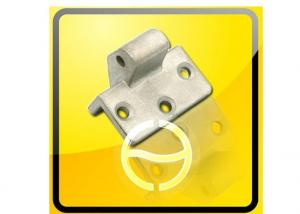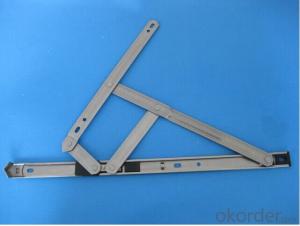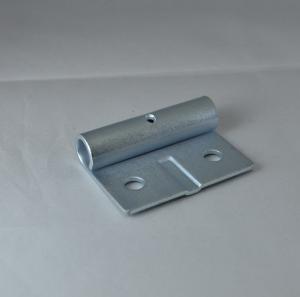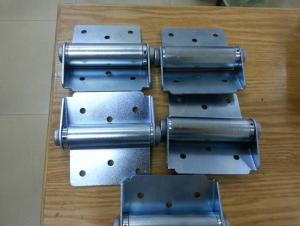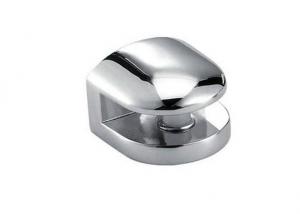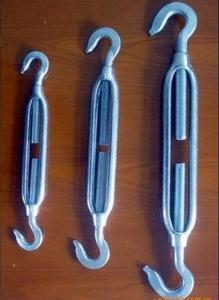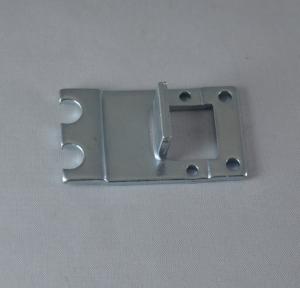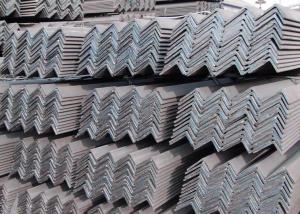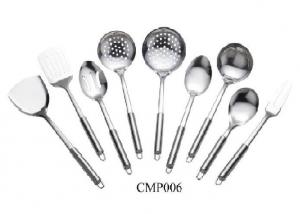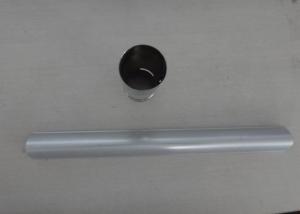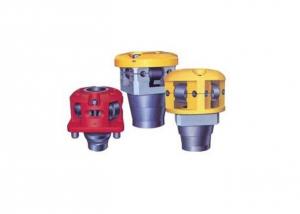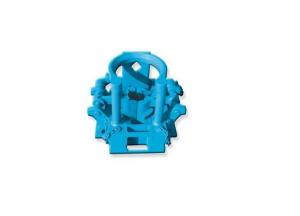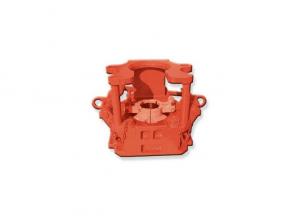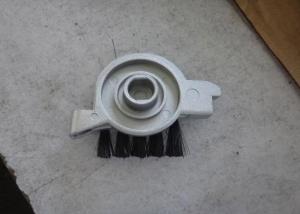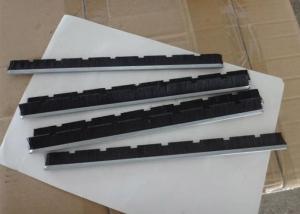Stainless Steel Piano Hinges
Stainless Steel Piano Hinges Related Searches
Stainless Steel Piano Hinge Stainless Steel Hinges Stainless Steel Door Hinges Stainless Steel Hinge Stainless Steel Gate Hinges Stainless Steel Marine Hinges Stainless Hinge Stainless Steel Boat Hinges Stainless Steel Hangers Stainless Steel Pins Stainless Steel Hitch Pin Stainless Steel Dining Chairs Stainless Steel Bongs Stainless Steel Pin Stainless Steel Tiles Stainless Steel Benches Stainless Steel Kitchens Stainless Steel Hardware Stainless Steel Kitchen Shelves Hills Stainless Steel Stainless Steel Joist Hangers Stainless Steel Strainers Kitchen Stainless Steel Stainless Steel Knives Stainless Steel Shelves Stainless Steel Wine Tanks Stainless Steel Magnets Stainless Steel Keychain Stainless Steel Safety Pins Stainless Steel PipesStainless Steel Piano Hinges Supplier & Manufacturer from China
Stainless Steel Piano Hinges are a type of high-quality hinge designed for durability and corrosion resistance, commonly used in various applications where strength and longevity are essential. These hinges are crafted from stainless steel, which makes them ideal for environments prone to moisture and harsh conditions, ensuring they maintain their functionality over time. They are often utilized in furniture, cabinetry, and other applications where a smooth, reliable operation is required.Stainless Steel Piano Hinges are widely recognized for their ability to provide a seamless and elegant opening and closing mechanism, making them a popular choice in both residential and commercial settings. They are particularly useful in applications where a clean, minimalist aesthetic is desired, such as in modern furniture design or high-end cabinetry. Their robust construction and smooth operation make them a reliable choice for a variety of uses, from securing doors and cabinets to enhancing the functionality of various fixtures.
As a leading wholesale supplier, Okorder.com offers a vast inventory of Stainless Steel Piano Hinges, catering to the needs of various industries and applications. With a commitment to quality and customer satisfaction, Okorder.com ensures that these hinges are available at competitive prices and in the quantities needed to meet the demands of their clients. This makes Okorder.com a go-to source for those seeking to incorporate Stainless Steel Piano Hinges into their projects, providing a reliable and efficient supply chain solution.
